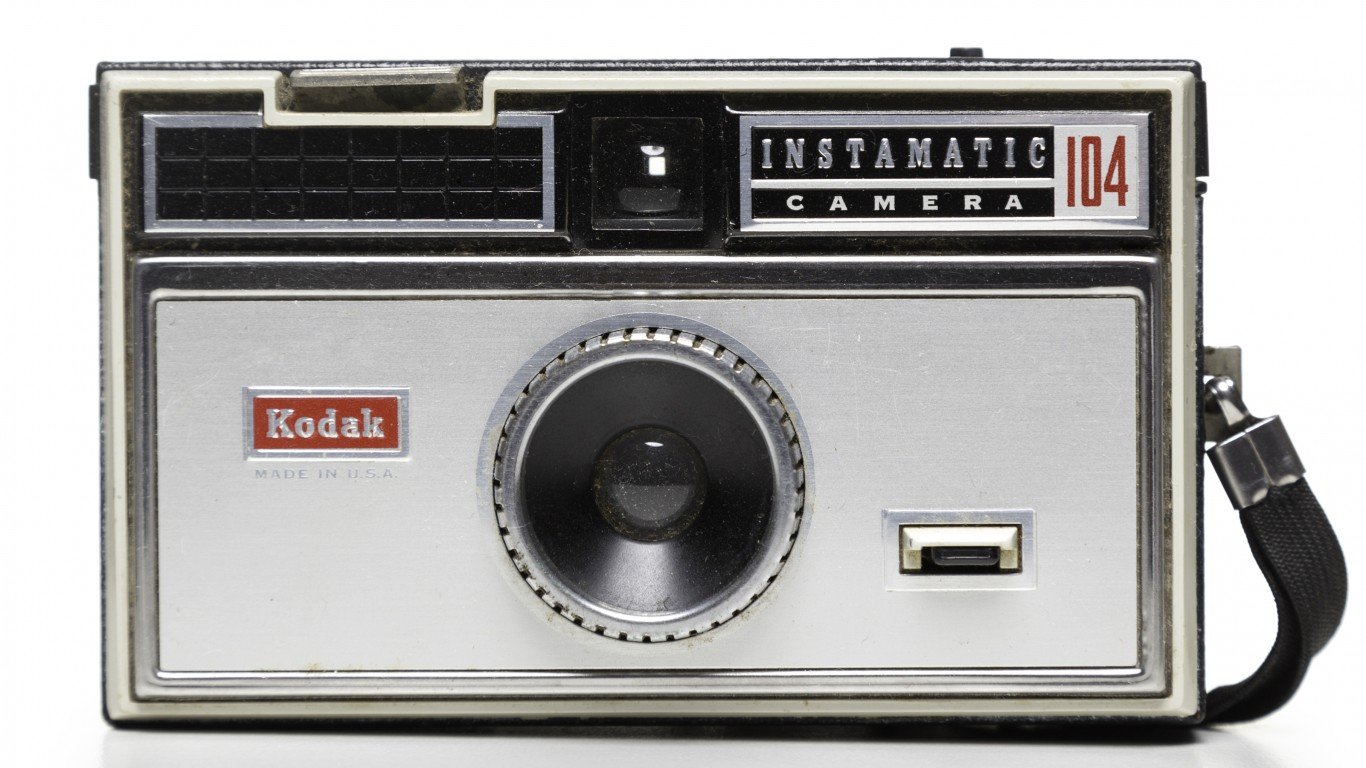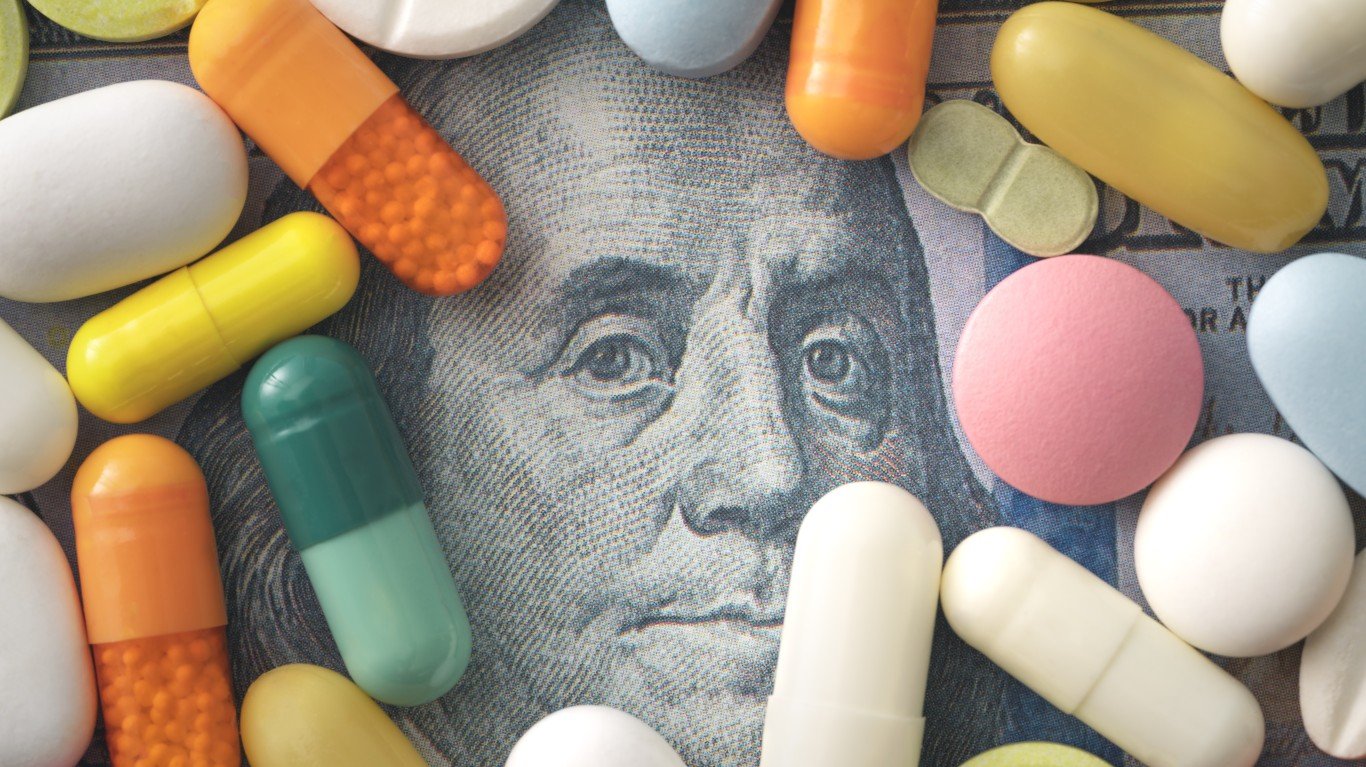

If there has been a story of riches to rags over time, Eastman Kodak Co. (NYSE: KODK) might get to be the face of that story. Apparently the adage that “nothing lasts forever” can come true, even for a company like Eastman Kodak. It is making a fresh move to manufacturing drug ingredients with a $765 million government loan under the direction of President Trump via the U.S. International Development Finance Corporation.
Whether this was all day traders who don’t care about any fundamentals other than “it’s moving big” may not even matter in time. Eastman Kodak had suddenly risen so much that the company also should have announced a new capital raise, with new shares being sold so that it could turn around and pay the government back a substantial portion of its money in advance.
While some services have tried to quantify what the new Kodak Pharmaceuticals will really add, this may be grossly overthinking the situation. What if investors who are trying to quantify the opportunity and risks should only consider the company’s tarnished past? That’s backward looking, and may not be insightful on the surface, but history has proven that troubled companies often stay troubled far longer than they stay relevant.
Tuesday’s euphoria gave rise to all sorts of new euphoria, where a 200% gain was followed by a 500% gain. Now the new shareholders just have to hope and pray that management in 2020 doesn’t call up former Eastman Kodak management from 2000 and ask them for advice.
Antonio Perez, the former CEO of Eastman Kodak who led the company into bankruptcy in prior years, was a longstanding member of the 24/7 Wall St. CEOs that have to go list. That is not an honor that any CEO wants on his or her resume, but it was more than deserved.
After exiting bankruptcy in 2013, along with the spin-off of its Personalized Imaging and Document Imaging businesses to the Kodak Pension Plan, Eastman Kodak was supposedly on the way to profitability. That has been checkered in the years since, as its income from continuing operations has been negative for the past two years, despite a net income of $116 million in 2019.
One additional embarrassment was that Eastman Kodak was formerly a member of the Dow Jones industrial average. It was included on the Dow back in 1930, and it was still a Dow stock until 2004.
Then there is the Eastman Chemical Co. (NYSE: EMN), spun out of Eastman Kodak in 1994. Its current market cap of almost $10.4 billion was after sales of nearly $9.3 billion in 2019. Eastman Kodak had revenues of $1.24 billion in 2019, and those sales have been on a long-term slide lower.
Another debacle that Eastman Kodak is known for is inventing the world’s first digital camera in the 1970s, and then having digital photos from digital cameras eat into its business every year. Then the smartphone revolution came along, and now it is only professionals and enthusiasts that actually buy any sort of camera at all.
The formal announcement this week indicated that Kodak Pharmaceuticals will have the capacity at its Eastman Business Park to produce up to 25% of active pharmaceutical ingredients used in non-biologic, non-antibacterial, generic pharmaceuticals once it is fully operational. The announcement also noted that the loan would support 360 direct jobs and an additional 1,200 jobs indirectly.
The good news about the stock going higher is that this is new and uncharted territory for Eastman Kodak. The other good news is that Eastman Kodak’s dismal past may no longer be relevant. There are no Wall Street analysts that follow the stock, so there is not even a reference about what to expect in real revenues (nor in real income) that will come from the future Kodak operations.
Even before 1:00 pm Eastern time, Eastman Kodak had traded over 170 million shares, after multiple trading halts in the same day. The stock posted a miraculous rise to $7.94 on Tuesday, but the shares were up as much as 500% and above $50 (with a posted high print of $59.98). At last look, the gain was “only” up 318% at $33.17.
One other consideration should be given at least some thought. How safe is this over time? Government contracts (or loans) are often highly sought by many companies. If some another company feels it can do a better job, with a lower cost and almost immediately, they could try to break the existing contract or demand that they be included.
Lastly, do we know if this pact will remain in place long term if there is a regime change after the November election?
ALERT: Take This Retirement Quiz Now (Sponsored)
Take the quiz below to get matched with a financial advisor today.
Each advisor has been vetted by SmartAsset and is held to a fiduciary standard to act in your best interests.
Here’s how it works:
1. Answer SmartAsset advisor match quiz
2. Review your pre-screened matches at your leisure. Check out the advisors’ profiles.
3. Speak with advisors at no cost to you. Have an introductory call on the phone or introduction in person and choose whom to work with in the future
Take the retirement quiz right here.
Thank you for reading! Have some feedback for us?
Contact the 24/7 Wall St. editorial team.
 24/7 Wall St.
24/7 Wall St.


